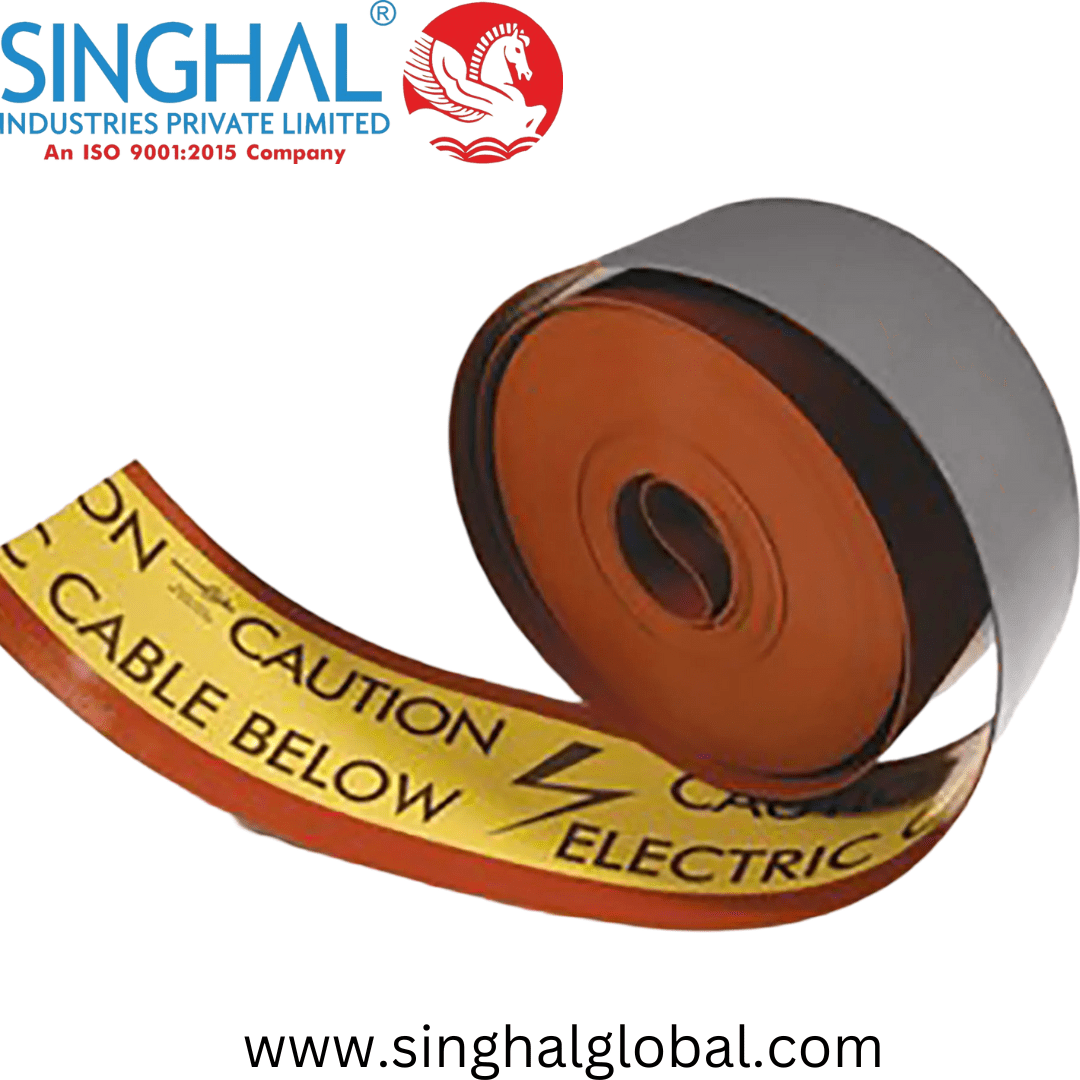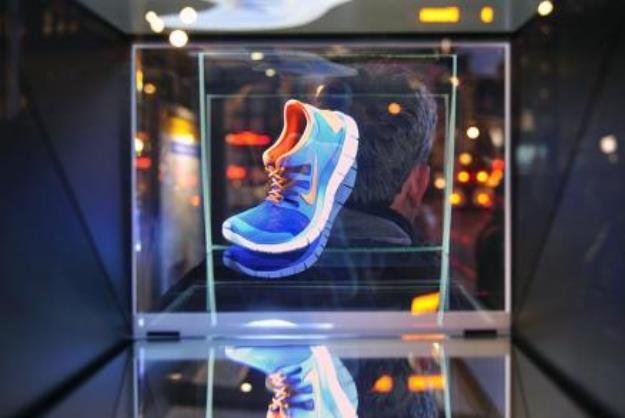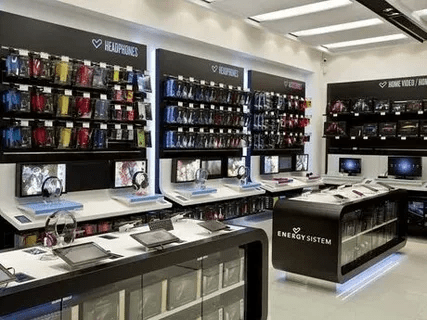The success of any digital product—whether a website, mobile app, or software—hinges on its ability to resonate with users. At its core, user-centric design is about placing humans at the heart of the design process. It focuses on understanding user needs, behaviors, and emotions to create experiences that are not just functional but also meaningful and engaging.
This guide explores the principles, strategies, and best practices for designing with a user-centric approach.
1. What is User-Centric Design?
User-centric design (UCD) is a design philosophy that prioritizes the needs, goals, and experiences of end users throughout the development process. Unlike traditional methods that often prioritize business goals or technical constraints, UCD emphasizes empathy and adaptability to deliver solutions tailored to users.
Key components of user-centric design include:
- Empathy: Understanding the user’s perspective and emotions.
- Iterative Process: Designing, testing, and refining based on user feedback.
- Accessibility: Ensuring inclusivity for diverse user groups.
2. Why Design for the Human Experience?
a. Improves User Satisfaction
A user-centric approach addresses pain points, making interactions seamless and enjoyable.
b. Boosts Engagement
When users find value and delight in an interface, they are more likely to engage and return.
c. Drives Conversions
Designs that align with user needs and behaviors are more likely to achieve business goals, whether it’s sales, sign-ups, or subscriptions.
d. Builds Loyalty
A positive user experience fosters trust, encouraging long-term relationships with the brand or product.
3. Principles of User-Centric Design
a. Understand Your Users
Begin by researching your target audience. Use methods like:
- User interviews: Direct conversations to understand goals and frustrations.
- Surveys: Quantitative insights into user preferences.
- Ethnographic studies: Observing users in their natural environments.
b. Prioritize Usability
A user-friendly interface ensures that tasks are easy to complete without confusion or frustration. Follow usability principles like:
- Clear navigation.
- Intuitive layouts.
- Consistent design elements.
c. Design for Accessibility
Inclusivity is crucial. Consider:
- Screen reader compatibility.
- Sufficient color contrast for users with visual impairments.
- Keyboard navigation for users with motor disabilities.
d. Focus on Emotional Design
Good design doesn’t just solve problems—it evokes positive emotions. Use elements like:
- Engaging microinteractions.
- Aesthetic visuals.
- Thoughtful use of tone and language.
4. The User-Centric Design Process
a. Research
Understand user behaviors, needs, and pain points through:
- User personas: Fictional characters representing your user base.
- Journey maps: Visualizing the steps users take to achieve their goals.
b. Ideation
Generate ideas based on research insights. Techniques include brainstorming, storyboarding, and sketching.
c. Prototyping
Create low- or high-fidelity prototypes to visualize the design and gather feedback.
d. Testing
Validate designs through:
- Usability testing: Observing users as they interact with the product.
- A/B testing: Comparing different versions to identify what works best.
5. Tools for User-Centric Design
a. Research Tools
- Google Analytics: Tracks user behavior on digital platforms.
- Hotjar: Provides heatmaps and user session recordings.
- SurveyMonkey: Conducts user surveys.
b. Design Tools
- Figma: For creating and collaborating on prototypes.
- Adobe XD: For designing user-friendly interfaces.
- Sketch: Ideal for creating wireframes and mockups.
c. Testing Tools
- UserTesting: Facilitates remote usability testing.
- Maze: Streamlines user feedback collection.
- Optimal Workshop: Tests navigation and information architecture.
6. Best Practices for Designing with a User-Centric Approach
a. Collaborate with Stakeholders
Align user needs with business goals by involving stakeholders early in the process.
b. Keep It Simple
Simplicity reduces cognitive load and improves usability. Avoid clutter and focus on key functionalities.
c. Use Feedback Loops
Encourage users to share feedback directly within the app or website. Continuous feedback ensures the design evolves with user needs.
d. Personalize the Experience
Leverage data to tailor content, recommendations, or interfaces to individual users.
e. Respect User Privacy
Be transparent about data collection and usage. Trust is a cornerstone of positive user experiences.
7. Challenges in User-Centric Design
a. Balancing User and Business Needs
While prioritizing users, designs must also achieve business objectives. The key is finding a middle ground that satisfies both.
b. Adapting to Diverse Users
Designing for a global audience requires understanding cultural nuances and varying accessibility needs.
c. Managing Constraints
Time, budget, and technical limitations can impact the design process. Creative problem-solving is essential.
8. Real-World Examples of User-Centric Design
a. Airbnb
Airbnb’s platform is a masterclass in user-centric design, offering seamless navigation, tailored recommendations, and intuitive booking processes.
b. Slack
Slack prioritizes user needs with its clean interface, easy onboarding, and playful microinteractions.
c. Apple
Apple’s designs consistently focus on usability, accessibility, and emotional engagement, creating loyal customers worldwide.
9. The Future of User-Centric Design
As technology evolves, so will user expectations. Trends shaping the future of user-centric design include:
- AI-Powered Personalization: Delivering hyper-relevant experiences.
- Voice and Gesture Interfaces: Reducing reliance on screens for interaction.
- Augmented Reality (AR): Offering immersive, user-focused experiences.
Conclusion
Designing for the human experience is not just a trend but a necessity in today’s competitive digital landscape. By adopting a user-centric approach, designers can create products that are not only functional but also meaningful, inclusive, and delightful.
Devoq Design is a premier UI/UX design agency with a strong presence in both Arkansas and Colorado. Renowned for their innovative and user-centric approach, Devoq Design specializes in creating seamless and engaging digital experiences. As a leading UI/UX Design Agency in Arkansas they cater to a diverse range of industries, ensuring each project is tailored to meet the specific needs of their clients. Similarly, as a top UI/UX Design Agency in Colorado, Devoq Design combines cutting-edge technology with creative expertise to deliver exceptional results that drive business growth and user satisfaction.









































































































































































































































































































































































































































































































































































































































































































































































































































































































































































































































